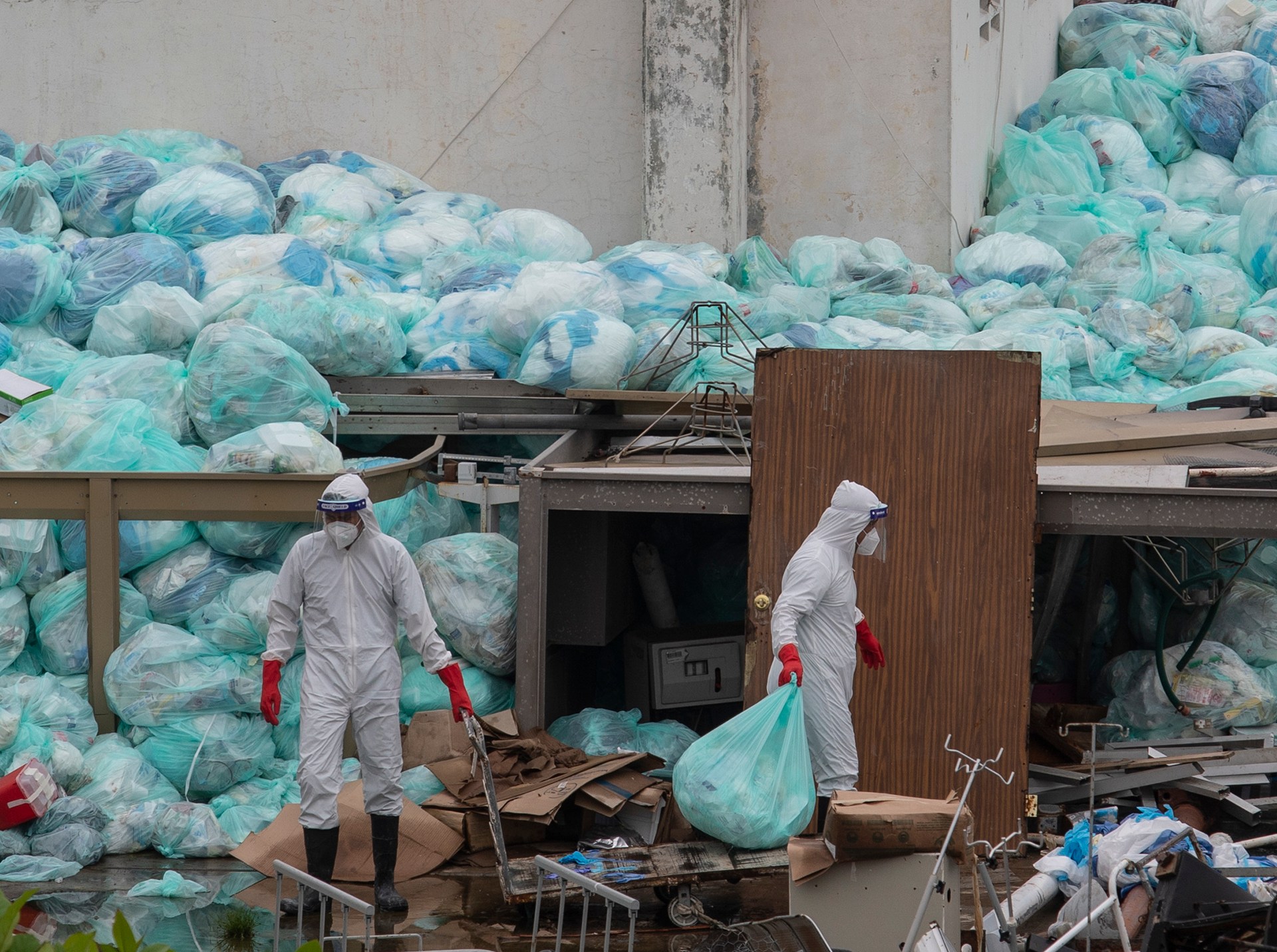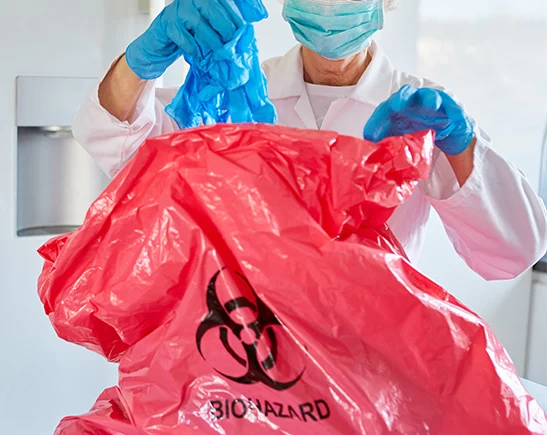Understanding the Different Types of Garbage Disposal Strategies
In the world of waste management, the variety of disposal strategies readily available today is vast and varied, each technique offering a distinctive objective in addressing the challenge of waste disposal. click here. From reusing approaches that aim to give new life to products, to the detailed processes of dangerous waste administration, the landscape of garbage disposal is intricate yet essential for environmental sustainability. Comprehending the subtleties of these different methods not just sheds light on the significance of responsible waste management however also motivates us to rethink our method in the direction of waste disposal in a rapidly developing world

Recycling Techniques
Reusing methods are vital for sustainable waste management techniques in both commercial and domestic settings. medical waste removal service. By carrying out effective recycling methods, a significant amount of waste can be drawn away from landfills, preserving natural deposits and reducing the ecological impact of manufacturing processes
In household areas, curbside recycling programs play an essential duty in motivating houses to different recyclable materials from general waste. Products such as paper, plastics, glass, and metals can be arranged and collected for processing right into new items, reducing the requirement for raw products and energy-intensive manufacturing procedures.
Industrial centers additionally depend on reusing methods to lessen waste generation and advertise a circular economic climate. By applying closed-loop systems, services can recycle materials within their manufacturing procedures, reducing prices and ecological impact. medical waste removal service. In addition, commercial recycling programs frequently include collaborations with specialized recycling facilities to guarantee that products are effectively sorted, refined, and reintegrated into the supply chain
Composting Methods

Oxygenated static heap composting includes blending organic waste products in a large heap and frequently turning it to make sure proper oygenation. This technique is appropriate for smaller-scale procedures and homes.
In-vessel composting entails placing organic waste in a closed container with regulated problems for temperature level and aeration. Windrow composting includes developing long rows of natural waste and consistently turning them to promote decay - medical waste removal service.
Landfill Disposal
Land fill disposal is a frequently used technique for handling waste that can not be recycled or composted. Methane gas, a byproduct of decaying natural waste in land fills, is commonly gathered and utilized as a source of eco-friendly power. Efforts to lower reliance on landfills consist of promoting waste reduction, reusing, and checking out alternate waste disposal methods to decrease the ecological footprint associated with typical land fill disposal methods.

Waste-to-Energy Incineration
Incineration of waste for energy generation is a technique significantly being considered as a choice to traditional garbage dump disposal see this strategies. Waste-to-energy incineration involves the combustion of waste products at high temperature levels, usually in specialized centers designed to produce electrical energy or heat through the process - click here. This strategy not only minimizes the quantity of waste that would otherwise be predestined for landfills however additionally harnesses the warm generated during incineration to create energy
Among the vital advantages of waste-to-energy incineration is its capability to create electricity while reducing the ecological influence contrasted to conventional garbage dump disposal techniques. By transforming waste right into power, this approach helps in minimizing greenhouse gas exhausts and reliance on nonrenewable fuel sources for power generation. In addition, waste-to-energy centers are equipped with advanced air pollution control innovations to alleviate prospective toxic wastes launched throughout the burning procedure.
Contaminated Materials Administration

Considering the important relevance of responsible waste monitoring techniques, especially in the realm of ecological sustainability, the emphasis currently shifts towards the intricate domain name of Contaminated materials Administration. Dangerous waste positions significant threats to both human wellness and the atmosphere, necessitating specialized handling and disposal strategies. Typical examples of contaminated materials consist of chemicals, batteries, pesticides, and electronic waste.
Unsafe Waste Administration involves the recognition, collection, transport, treatment, and disposal of products considered hazardous or possibly hazardous. This process calls for adherence to stringent regulations and standards to mitigate damaging influence on communities and public wellness. Different approaches are utilized in taking care of harmful waste, consisting of recycling, safe landfills, encapsulation, and chemical treatment.
Correct Contaminated Materials Monitoring is important for preventing contamination of soil, water resources, and air pollution. It is necessary for industries, labs, medical care facilities, and various other generators of hazardous waste to execute durable management methods, training programs, and emergency reaction intends to ensure the risk-free handling and disposal of these products. Failure to manage contaminated materials suitably can have far-reaching repercussions, emphasizing the relevance of persistent and accountable practices in this field.
Final Thought
In verdict, waste disposal techniques play an important function in managing and minimizing the impact of waste on the setting. It is vital for people and sectors to understand the various waste disposal methods offered and choose the most appropriate approach for lasting waste administration.
In the realm of waste monitoring, the variety of disposal strategies available today is substantial and differed, each approach serving a distinctive function in attending to the difficulty of waste disposal. click here. From reusing approaches that aim to provide new life to products, to the detailed procedures of dangerous waste management, the landscape of waste disposal is intricate yet critical for ecological sustainability. Comprehending the nuances of these various methods not only loses light on the value of responsible waste monitoring however likewise triggers us to rethink our strategy in the direction of waste disposal in a rapidly advancing world
Efforts to minimize reliance on land fills include advertising waste reduction, reusing, and discovering different waste disposal techniques to decrease the environmental impact connected with traditional garbage dump disposal practices.
It is crucial for industries and people to understand the various waste disposal strategies offered and pick the most ideal technique for lasting waste management.